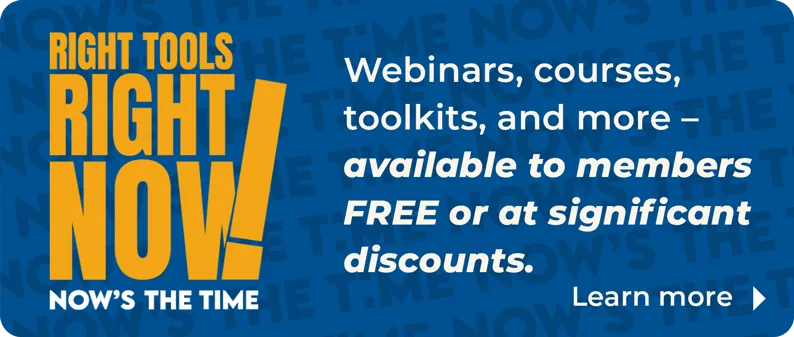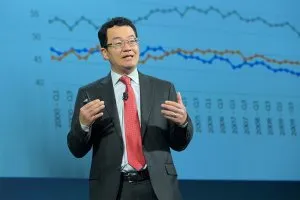The tough economy and the high unemployment rate have provided little opportunity for wage increases in the past two years. The hourly earnings of those workers in non-supervisory positions have risen by 2.3 percent from one year ago to July. That is a full percentage point below the 20-year average in annual wage increases of 3.3 percent.
At the same time, the costs of purchasing day to day items have been rising recently, despite the economic weakness, due to plenty of printed money. The most recent consumer price index rose by 3.6 percent from one year ago to July. In short, Americans are falling behind in their standard of living. For the next two years at least, it is unlikely that wage growth will increase in any measurable way. Consumer prices, however, can quickly change along with swinging oil prices. If oil prices were to fall by another 10 to 20 percent to about $70 per barrel, then it is possible for consumer price inflation to retreat below wage growth.
Unemployment, as terrible as it is, impacts about 10 percent of the workforce. Wages and inflation, however, impact 90 percent of the workforce. That is one key reason why consumer confidence is struggling to recover.









